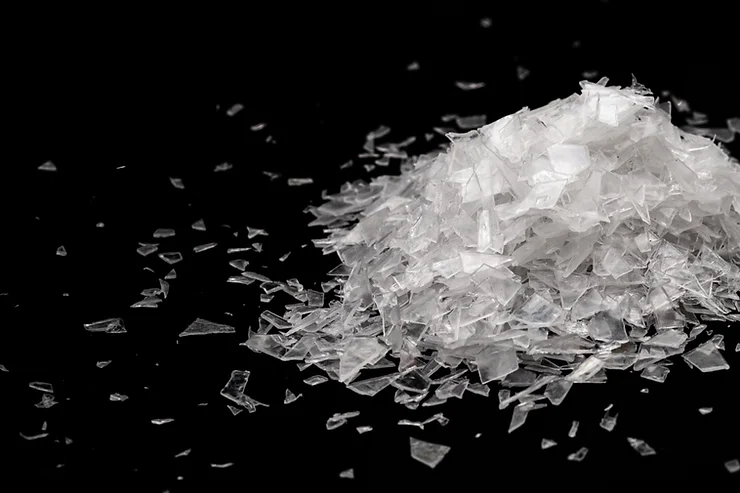Material Cost Volatility? Good!
Especially in recent years, there has been a growing emphasis on sustainability and reducing waste, which has led to a surge in demand for recycled plastics. As a result, the recycled plastics industry has become more prominent, and market volatility has become a common occurrence. While market volatility can be seen as a negative thing, it can actually be a sign of industry health in the realm of recycled plastics.
Market volatility refers to fluctuating prices, supply, and demand in a market. In the case of recycled plastics, the demand for recycled plastics has been increasing rapidly, leading to price fluctuations in the market. This demand is being driven by a growing awareness of the environmental impact of plastic waste and a desire to reduce it. As a result, consumers, governments, and corporations are all placing greater emphasis on sustainability, and recycled plastics are seen as a solution to the plastic waste problem.
The fact that the demand for recycled plastics is growing this rapidly is a positive sign for the industry. As the fluctuation continues, it represents the market working to regulate itself on a supply and demand scope. Due to this, fluctuation of prices can also be seen as a sign of a healthy market. When prices rise, it incentivizes companies to produce more recycled plastics, which in turn can increase supply and bring prices back down. When prices fall, it can incentivize companies to look for ways to reduce production costs or to innovate to make their products more appealing to consumers. See what I mean?
Furthermore, market volatility can help to drive innovation in the industry. Companies that produce recycled plastics need to respond to changes in demand quickly, which can encourage them to innovate and develop new products and processes. For example, if the demand for a particular type of recycled plastic increases, companies may invest in research and development to find ways to produce that plastic more efficiently from new sources. This can lead to new technologies, methods, and material streams that benefit the industry and the environment.
In conclusion, the growing demand for recycled plastics is a positive sign for the industry, and price fluctuations can help balance the market and drive innovation. While market volatility can be unpredictable and sometimes challenging, it is necessary for a healthy and thriving industry. As the world continues to prioritize sustainability, the demand for recycled plastics will likely continue to grow, and the industry will need to adapt and innovate to meet this demand.
Tell us what you think about this topic below!




